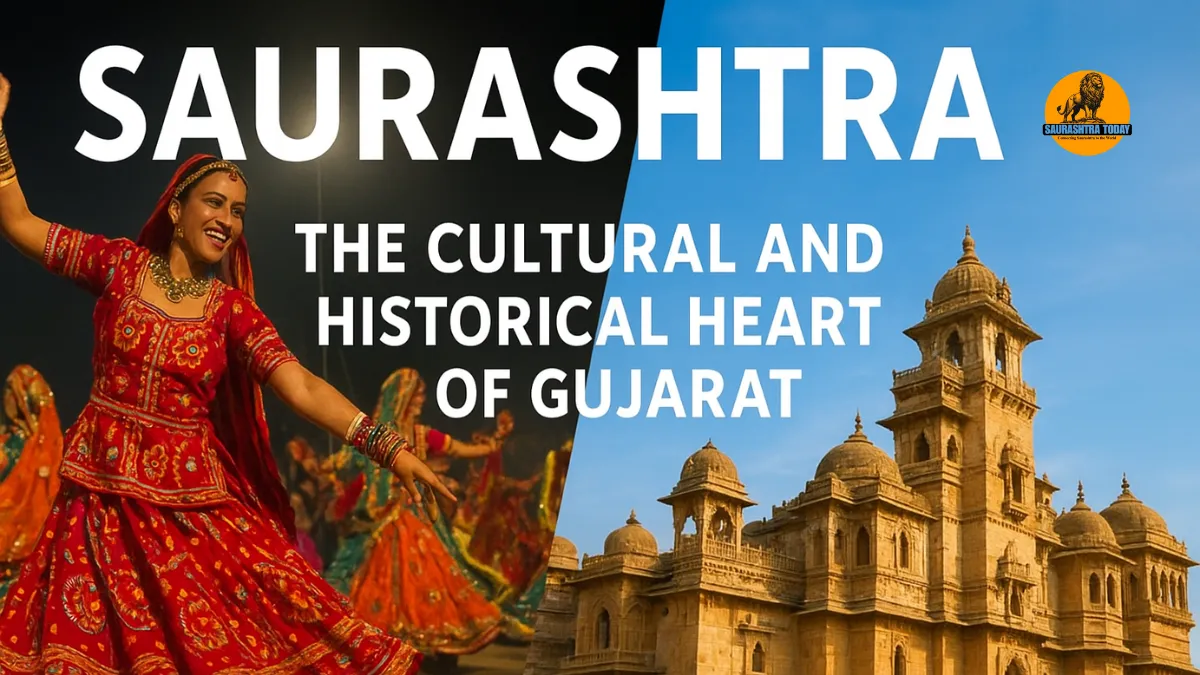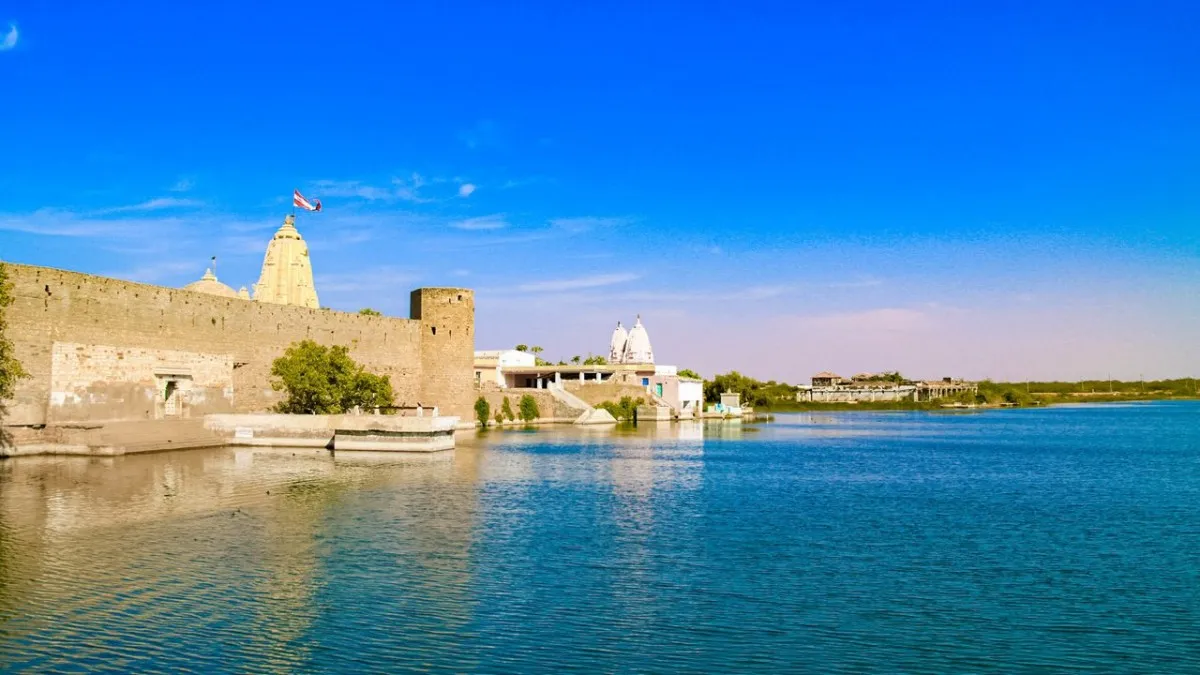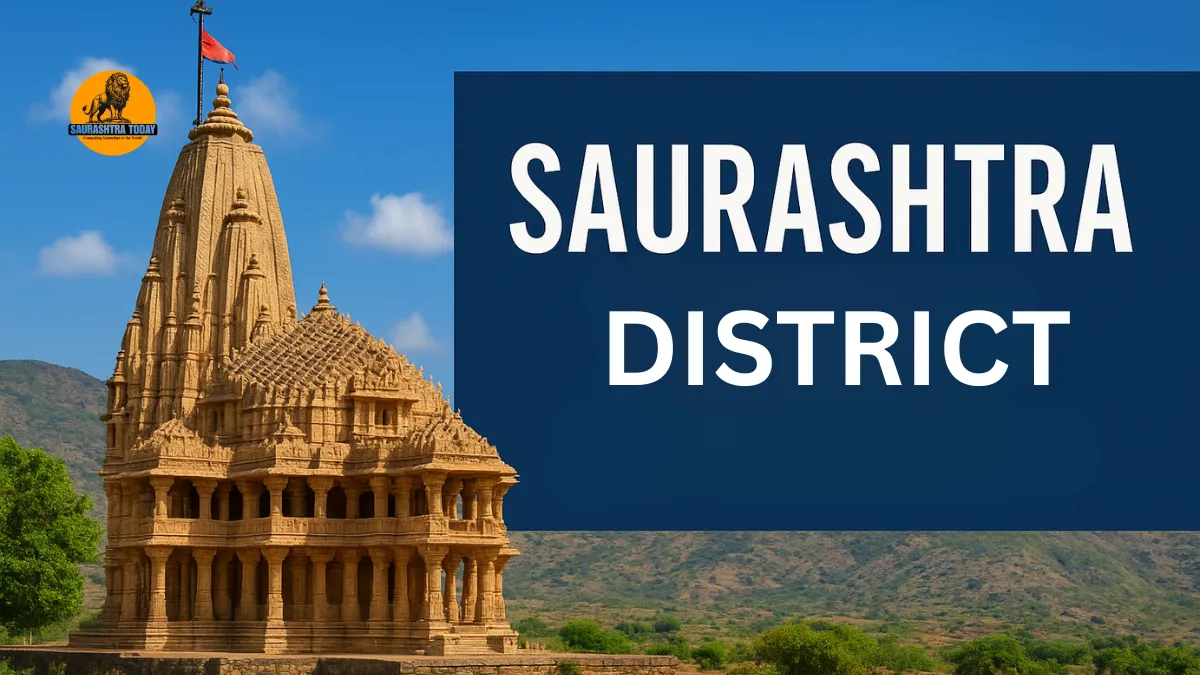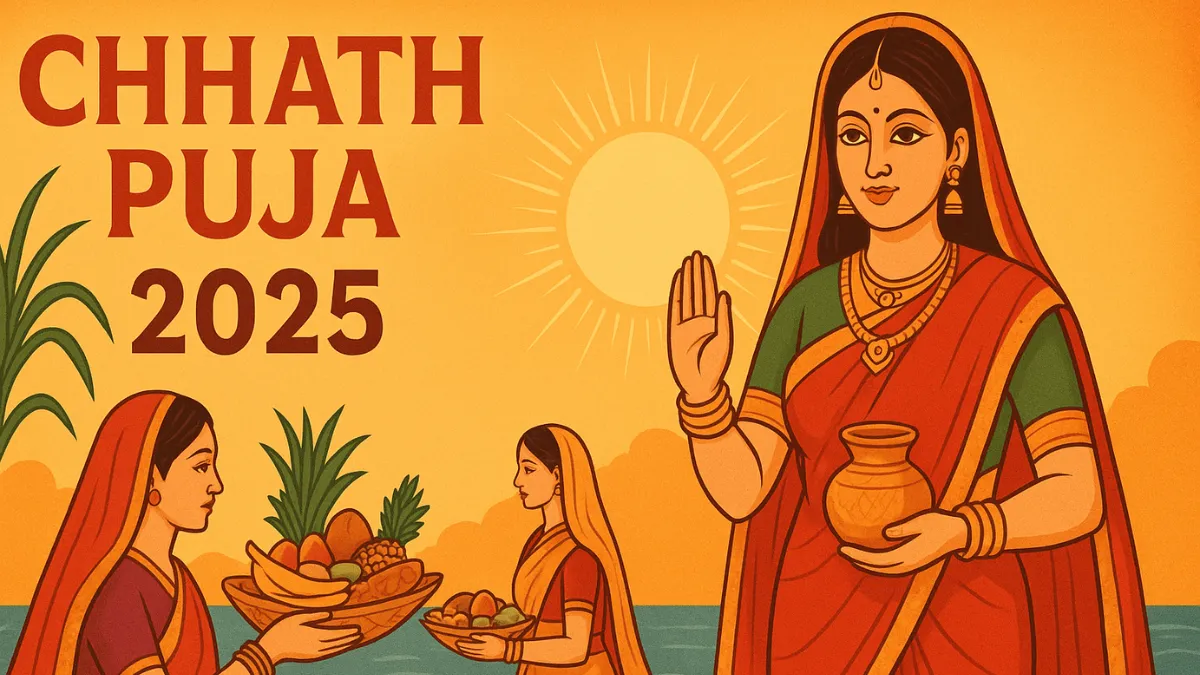Saurashtra, also historically known as Kathiawar, is a unique and vibrant peninsula located in the western part of India, within the state of Gujarat. Renowned for its rich folk culture, historical significance, and contribution to Indian sports, Saurashtra remains a region that beautifully blends tradition with modernity. Beyond its geographic and cultural identity, the term “Saurashtra” also represents a language and community that has left a lasting impact, not only in Gujarat but also in South India.
Geography of Saurashtra
Saurashtra occupies a significant portion of Gujarat’s landmass, forming a prominent peninsula in western India. Its geography is notable for its diverse landscapes, ranging from coastal stretches along the Arabian Sea to hilly regions and fertile plains. This geographical diversity has shaped the region’s culture, economy, and way of life.
The peninsula covers approximately one-third of Gujarat’s total land area and includes several important districts such as:
| District | Key Features |
|---|---|
| Rajkot | Industrial hub and cultural center |
| Junagadh | Home to historical forts and Girnar Hills |
| Jamnagar | Known for its oil refineries and marine coast |
| Porbandar | Birthplace of Mahatma Gandhi |
| Bhavnagar | Rich maritime history and architecture |
| Amreli | Famous for Gir National Park and wildlife |
| Surendranagar | Agricultural and industrial activities |
The coastal districts of Saurashtra contribute significantly to trade and fishing, while the inland districts are known for agriculture and historical sites. The Gir National Park, located in this region, is world-famous for being the only natural habitat of Asiatic lions. Another prominent landmark is the Shatrunjaya Hill in Palitana, a major pilgrimage site for Jain devotees.
Cultural Significance of Saurashtra
Saurashtra is widely celebrated for its vibrant folk culture. The region’s traditions are reflected in its music, dance, art, and cuisine, which continue to attract visitors and researchers alike.
Folk Music and Dance
Folk music in Saurashtra includes traditional songs performed during festivals, weddings, and community gatherings. Instruments like the dhol, tabla, and shehnai are integral to the region’s musical heritage. Folk dances such as Garba, Dandiya, and various regional variations are performed with colorful costumes and rhythmic precision, symbolizing the joyous spirit of the people.
Art and Handicrafts
The art of Saurashtra is diverse and historically rich. From intricate embroidery and weaving to pottery and traditional jewelry, local artisans have preserved their skills across generations. Each district has its own artistic style, which contributes to the overall cultural identity of the region.
Cuisine
Saurashtrian cuisine is flavorful and distinct, characterized by vegetarian dishes, traditional snacks, and unique sweets. Dhokla, khandvi, undhiyu, and fafda are some iconic dishes that reflect the culinary creativity of the region. Local festivals and family gatherings often revolve around these culinary traditions.
Saurashtra Language and Community
The Saurashtra language, an Indo-Aryan language, is another significant aspect of the region’s identity. This language is spoken by the Saurashtrian community, many of whom migrated to South India centuries ago due to historical invasions and social upheavals. Despite settling far from their homeland, the community has retained a strong connection with its cultural roots.
Language and Literature
The Saurashtra language has its own script and literary tradition. Books, poems, and other written works in Saurashtra continue to be published, preserving the language for future generations. Literary awards are often given to encourage writers who contribute to the development and recognition of this language.
Community and Traditions
The Saurashtrian community, though now spread across different parts of India, continues to practice traditional rituals, festivals, and art forms. Cultural similarities between the people of Saurashtra and the migrant communities in South India highlight the enduring connection with their ancestral homeland.
Historical Importance: The United State of Kathiawar
Historically, Saurashtra was part of the United State of Kathiawar, a former Indian state formed in 1948. This union comprised over 200 princely states, each with its own ruler and administrative structure. The region’s history reflects a rich tapestry of dynasties, local rulers, and cultural influences.
The United State of Kathiawar was eventually renamed Saurashtra, signifying the continuation of its historical identity while aligning with modern administrative needs. The princely states contributed significantly to the development of infrastructure, education, and cultural heritage in the region.
Saurashtra Railway
Another historical contribution of the region is the Saurashtra Railway, which once operated as a separate company before merging into the Indian Railways. This railway system played a vital role in connecting various districts within Saurashtra and facilitating trade, commerce, and cultural exchange.
Saurashtra Cricket Team
Saurashtra has also made its mark in Indian sports, particularly cricket. The Saurashtra cricket team represents the region in domestic tournaments such as the Ranji Trophy and has produced international players like Ravindra Jadeja and Cheteshwar Pujara. Their achievements have brought national recognition to the region and inspired younger generations to pursue sports professionally.
Landmarks and Tourism in Saurashtra
Tourism in Saurashtra is driven by its rich cultural heritage, historical sites, and natural beauty. Some of the most visited attractions include:
- Gir National Park: Home to Asiatic lions and a variety of wildlife, attracting nature enthusiasts and researchers worldwide.
- Shatrunjaya Hill: A sacred site for Jain pilgrims with ancient temples and breathtaking views.
- Porbandar: Birthplace of Mahatma Gandhi, offering historical museums and cultural tours.
- Junagadh Forts: Historic forts and monuments reflecting the architectural grandeur of bygone eras.
These sites not only promote tourism but also help in preserving the traditions, architecture, and natural environment of the region.
Also read: Why Is Gujarat Called Saurashtra? A Complete Guide to Its History, Culture, and Significance
Modern Saurashtra: Economy and Development
Today, Saurashtra is a blend of traditional values and modern growth. The region has developed industries in textiles, oil refineries, agriculture, and tourism, while still preserving its rich cultural and historical heritage. Coastal districts contribute to marine trade and fishing, while inland districts focus on agriculture, handicrafts, and industrial development.
Educational institutions, cultural centers, and infrastructure development in Saurashtra continue to improve living standards and provide opportunities for the younger population. The region’s growing economy has made it an attractive destination for both investment and tourism.
Also read: Exploring Saurashtra: The Land of Heritage, Culture, and Coastal Beauty
Conclusion
Saurashtra, with its unique blend of culture, history, language, and natural beauty, remains a cornerstone of Gujarat’s identity. From its vibrant folk traditions and distinct cuisine to its historical landmarks and contributions to sports, the region offers a rich tapestry of experiences. The Saurashtra community and language further emphasize the enduring cultural significance of this area, even beyond the borders of Gujarat.
Whether one is exploring the wildlife of Gir National Park, tracing historical sites, or engaging with the vibrant traditions of local communities, Saurashtra provides a fascinating glimpse into India’s diverse heritage. Its story is one of resilience, cultural pride, and continued relevance in the modern era, making it a region worth understanding, visiting, and celebrating.


















